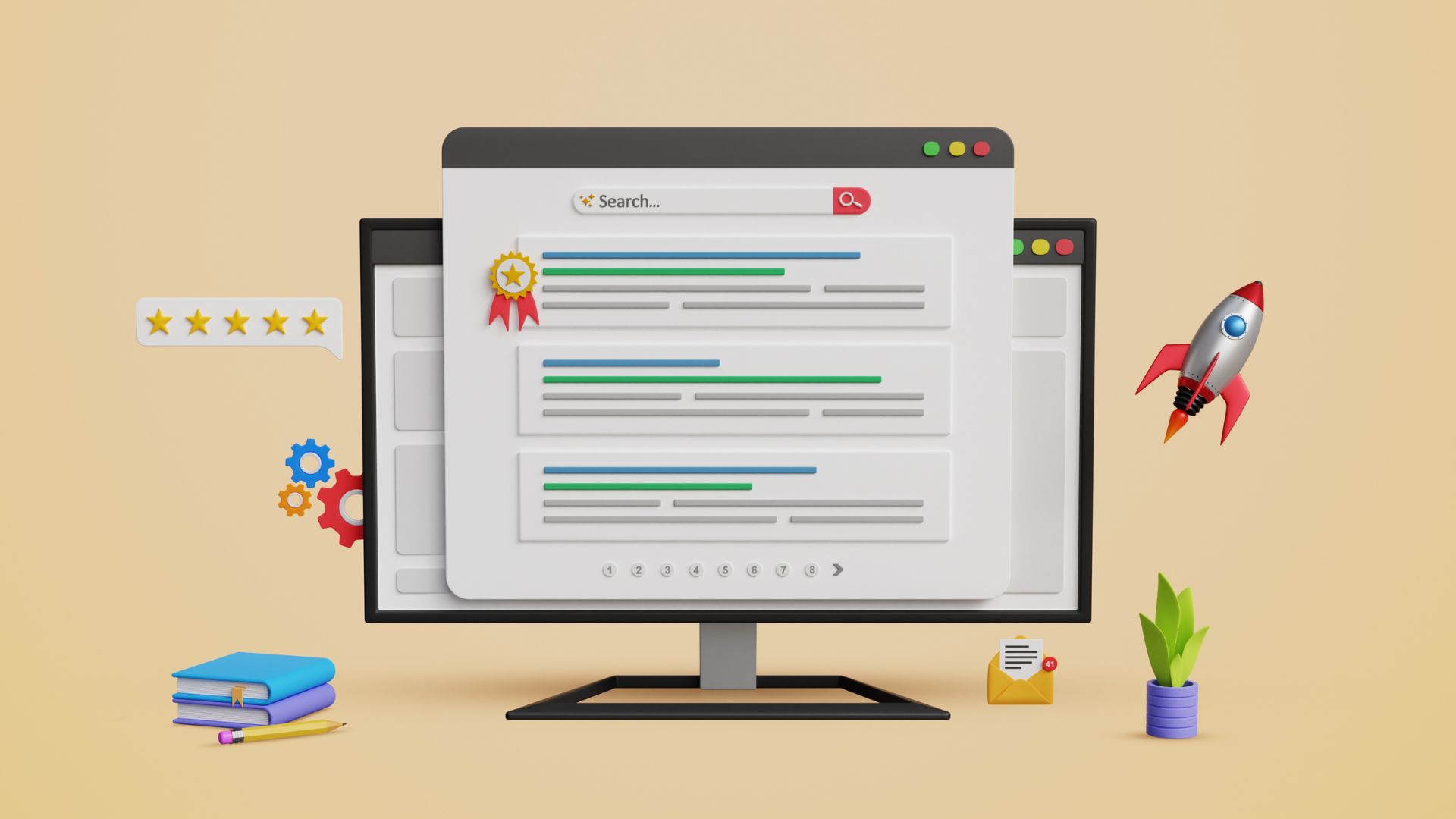Prioritising mental health in high-stress, fast-paced workplaces is crucial for fostering a productive, resilient workforce.
As an employer, you play a pivotal role in creating a supportive environment that promotes emotional well-being, prevents burnout, and enhances job satisfaction.
By implementing practical strategies like promoting work-life balance, providing access to mental health resources, encouraging open communication, and cultivating a culture of empathy, inclusiveness, and resilience, you can empower your team to thrive even in demanding industries.
Investing in mental health initiatives not only drives employee retention but also contributes to overall organisational success and productivity.
In high-stress industries like healthcare, finance, and technology, professionals often face unique mental health challenges. Nearly half of US workers report experiencing mental illness in their lifetime, with over three-quarters experiencing emotional distress due to work pressures. These demanding environments can lead to these mental health conditions:
The constant pressure to maintain an image of invincibility often masks the immense strain these professionals endure daily. Tight deadlines, high-stakes decisions, and intense workloads can disrupt work-life balance and contribute to mental health issues. Unfortunately, stigma persists, deterring many from seeking help due to fears of being perceived as weak or incompetent.
Employers play a crucial role in creating positive work environments where employees feel comfortable seeking support. By fostering open communication, providing resources, and implementing supportive policies, organisations can help mitigate these challenges and promote overall well-being.
To address mental health in the workplace issues effectively, it's crucial to identify their underlying causes. According to the World Health Organisation, key workplace risks include excessive workloads, lack of control over tasks, and limited support. Pay attention to organisational culture, as a negative environment can significantly impact employee well-being.
Examine your workplace for potential stressors:
Excessive pressure and stress can lead to burnout, affect well-being in the workplace and depression. Assess your physical work environment, including lighting and ergonomic design, as these factors can affect mental health.
Remember that external factors also play a role. Financial concerns, global events, and personal circumstances can all impact an employee's mental state. Be aware of warning signs such as changes in behaviour, decreased productivity, or increased absences. By understanding these root causes, you can develop targeted strategies to support your team's mental well-being effectively.
Recognising early signs of burnout is crucial for prevention. Watch for symptoms such as emotional exhaustion, cynicism, and decreased productivity.
To combat burnout, prioritise workload management by setting clear boundaries and learning to delegate tasks effectively. Additionally, coping with stress at work is essential. Implement stress management techniques such as mindfulness, exercise, or seeking support from colleagues or mental health professionals. Encourage open communication and create a culture where employees feel comfortable discussing their workload and mental well-being. Encourage a safe and healthy working environment by promoting regular breaks and flexible scheduling options.
Create a supportive work environment where open communication about mental health is encouraged. Foster psychological safety within your team, making it acceptable to discuss challenges and seek help. Implement wellness programmes that offer resources for stress management, such as mindfulness training or access to mental health professionals.
As a leader, you play a pivotal role in burnout prevention. Model healthy behaviours by maintaining work-life balance and using vacation time. Regularly check in with your team members, monitoring workloads and offering support when needed. Provide clear goals and career development paths to keep employees engaged and motivated.
Consider implementing walking meetings or creating quiet spaces for focused work to promote physical and mental well-being. Recognise and reward employees' contributions to foster a positive work environment. By prioritising these strategies, you can significantly reduce the risk of burnout in your organisation.
As an employer, you play a crucial role in managing workplace stress. Implementing effective stress management techniques or internal support systems can significantly improve employee well-being and productivity. Start by encouraging regular short breaks and promoting the use of wellness resources such as yoga or meditation sessions. Set realistic targets and deadlines to help your team prioritise tasks to prevent overwhelming workloads.
Foster a culture of open communication and free advice where employees feel comfortable discussing their concerns. Consider implementing flexible work arrangements, such as telecommuting or adjustable schedules, to support work-life balance. Provide access to Employee Assistance Programmes (EAPs) offering confidential counselling and support services.
Equip your managers with the tools to recognise and address signs of employee stress through targeted training and mental health programs. Encourage mindfulness practices and help employees reframe stress as a positive, motivating force. Remember to lead by example, modelling healthy work-life balance behaviours yourself. By taking these steps, you'll create a more supportive, resilient workplace environment.
Resilience is a crucial skill that enables employees to adapt to challenges and maintain productivity in high-pressure environments. Developing mental toughness and emotional regulation equips your team with essential problem-solving abilities and stress management techniques.
To foster resilience in your workforce:
Investing in resilience training offers numerous benefits, including improved employee well-being and stronger workplace relationships. It also helps reduce absenteeism and turnover whilst enhancing productivity.
Provide resources for stress management, such as access to mental health services and work-life balance initiatives. Additionally, empower employees by delegating authority and encouraging initiative, which increases their sense of control and resilience.
By implementing these strategies, you can create a resilient workforce capable of thriving under pressure and navigating challenges effectively.
As an employer, prioritising mental health in your workplace is not just beneficial—it's essential.
By implementing the strategies discussed, such as burnout prevention and stress management techniques, you can create a more supportive and productive work environment. Remember, a resilient workforce starts with empathetic leadership and open communication.
Take the first step towards fostering mental well-being in your organisation today. Your employees—and your bottom line—will thank you.
Ready to build a healthier workplace? Find the right talent to support your mental health initiatives. Start hiring with FastJobs today.

In Singapore’s job market, portals offer fast access while agencies provide tailored matchmaking.
Read more
Retail in SG is rising! Wage growth & skills training create new career paths. Explore jobs with FastJobs.sg.
Read more
Hiring faster starts here—Job Bump boosts your listing by 30%+ without needing a repost.
Read more